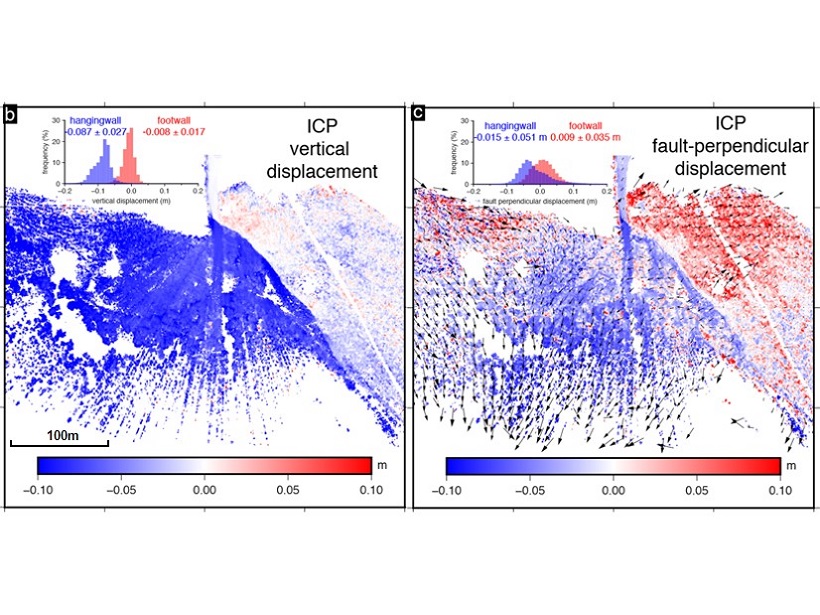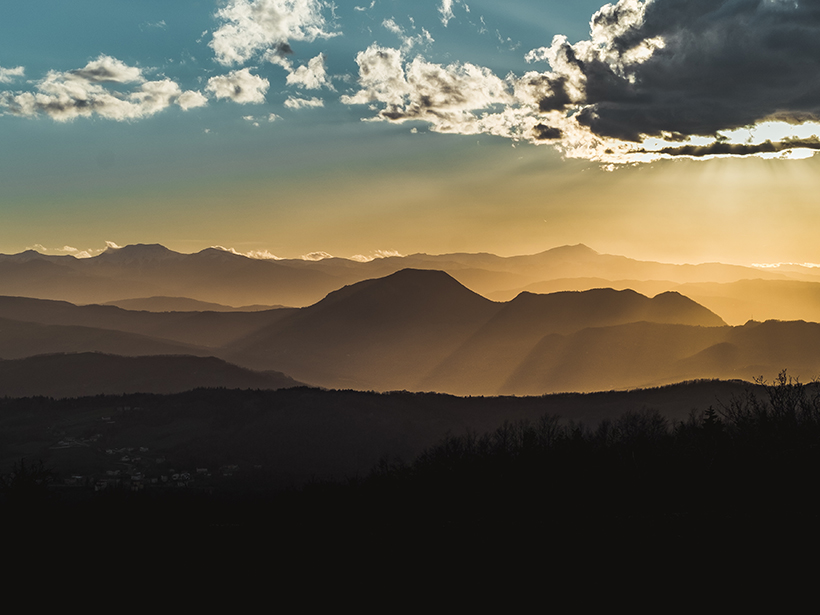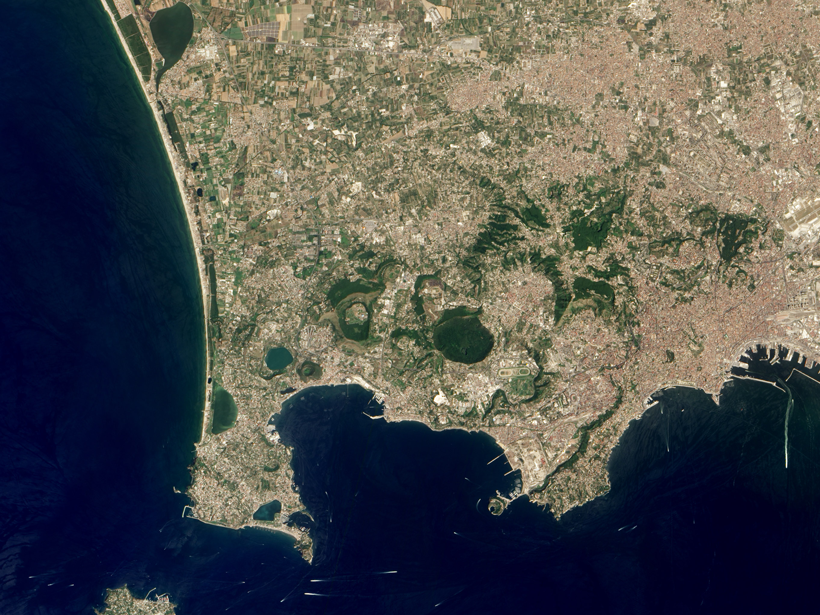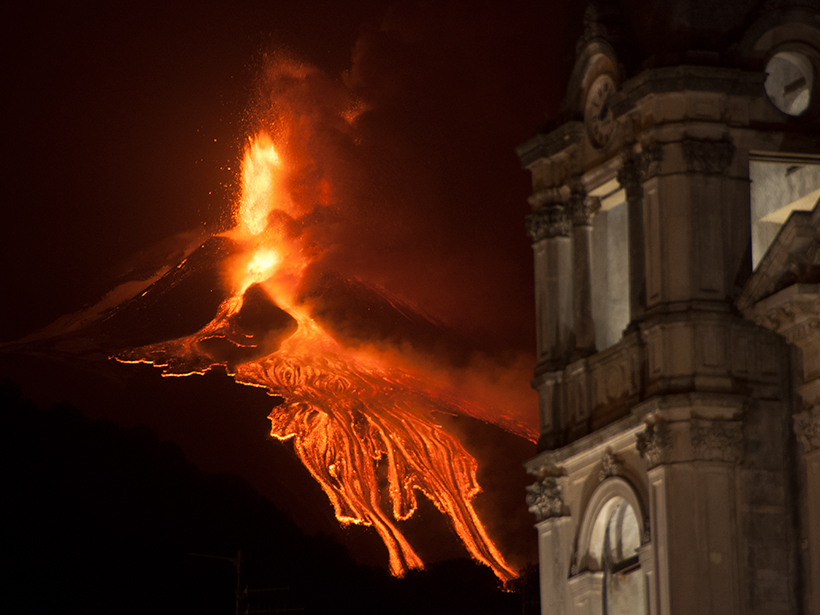The discovery, made in the Italian Alps, confirms the ubiquity of plastic pollution worldwide.
Italy
Imaging an Earthquake Rupture in High Definition
New field measurements using terrestrial laser scanning provide a detailed, centimeter-scale image of surface deformation patterns caused by the Magnitude 6.6 earthquake in Norcia, Italy.
Ancient Tsunami Tied to Volcanic Flank Collapse in Italy
Stromboli’s volcanic cone may have suffered multiple flank collapses between the 14th and 16th centuries, triggering tsunamis that led to the abandonment of the island.
New Initiative Aims to Help Displaced Scientists
The accord, initiated by 10 Italian science institutions, hopes to provide temporary opportunities for some refugees until they can safely return to their home countries.
What Shaped the Northern Apennine Deformation Front?
An integrated interpretation of well and seismic reflection data from Italy’s Po Valley shows the range’s undulations are controlled by the slope and composition of two major gliding horizons.
Visualizing One of the Most Hazardous Formations in Nature
A network of buoys provides a first glimpse of the seafloor beneath a volatile Italian caldera.
Radon Tells Unexpected Tales of Mount Etna’s Unrest
Readings from a sensor for the radioactive gas near summit craters of the Italian volcano reveal signatures of such processes as seismic rock fracturing and sloshing of groundwater and other fluids.
Scientists Create Catalog of Altotiberina Fault in Italy
More than 37,000 small earthquakes paint a picture of the fault’s behavior and seismic potential.
Looking Inside an Active Italian Volcano
Scientists use 3-D imaging to reveal Solfatara crater’s inner plumbing.
Drone Peers into Open Volcanic Vents
An unmanned aerial vehicle provided the high-resolution data that allowed scientists to construct their first detailed map of erupting vents at Stromboli, one of the world’s most active volcanoes.










